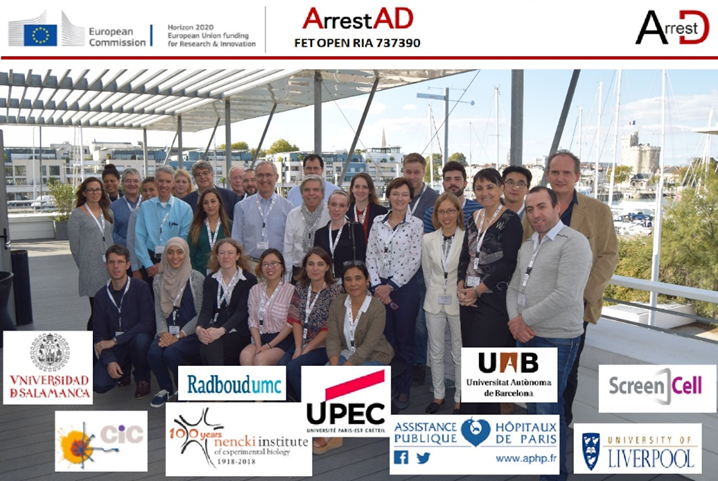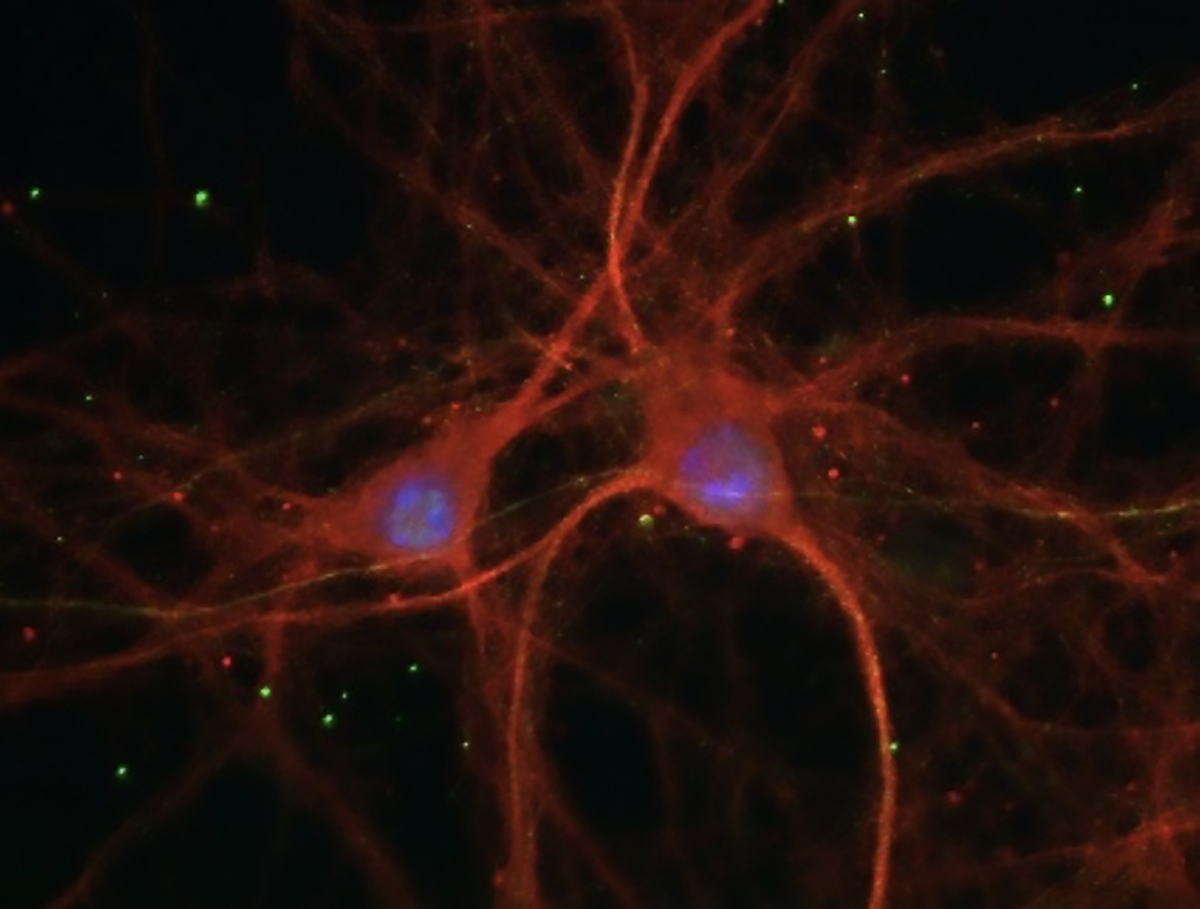The Alzheimer’s disease puzzle is being completed. This is where the ArrestAD programme comes in, to exploit the bittersweet side of AD
The puzzle is being completed
Alzheimer’s disease (AD), the more common cause of dementia in the world, has concentrated the attention of thousands of specialists in most domains of the health sciences. However, despite immense efforts in the development of therapeutic approaches based on classic disease cascades, the disease progression has not been halted, indicating that hidden pieces central to the disease puzzle mechanism are missing.
Too evident to be considered
Since the early 1990s, complex sugars called heparan sulfates (HS) were seen inside the damaged neurones that accumulate in the AD brain. These molecules generated much research interest at the time concerning their first observation because of their roles in ensuring the maintenance of all the body’s tissues. However, the importance of their neural accumulation in the AD brain, although evident, was disregarded for years.
“By affording the missing piece of the puzzle, our approach fits together all known neurodegeneration cascades and concepts.”
It is at this point that a primordial discovery was made at Gly-CRRET, a laboratory of UPEC (France), working to understand the central roles of HS in the puzzles of biological systems.
Brain sugars were the missing piece in the AD mechanistic puzzle
Accumulation of HS in vulnerable neurons was at the bases of the protein aggregation that evolves from the synapse until the cell dies. Based on this central discovery, a completely new approach to arrest AD emerged, opening up innovative drug candidates able to stop the development or even the initiation of the disease. Moreover, HS changes observed in the AD brain could be mirrored in blood cells and then used as a diagnosis tool. A completely new mechanism-based hope for preventing and arresting AD was born.
The FET OPEN ArrestAD consortium
The stage was set for the ArrestAD programme, funded by the European Commission (FET-OPEN H2020 737390), based on this new Alzheimer’s Disease concept. Diagnosis through measuring the accumulation of neural-related HS (nHS) in blood cells of patients and therapy by means of finding chemicals that block the enzymes producing nHS.
ArrestAD is a complete programme that has two parallel arms and a central body. The central body furnishes the scientific bases of the approach. The diagnostic arm aims to establish in patients the extent to which the mirror of brain nHS observed in blood might provide a means to screen
populations who are at risk of developing AD. The therapeutic arm aims to establish that specific chemical compounds that can inhibit the neural enzyme producing nHS in brain regions vulnerable to developing AD. By bringing the two arms together, we have a screening programme allied to a treatment.

The research planned in ArrestAD afforded many innovations and the invention of new methods and tools to implement new approaches and technologies able to fulfil the require- ment of this new vision of AD. To meet the challenge, a strong multidisci- plinary team was built, comprising six teams of researchers in five countries, two with local collaborating clinical units. The expertise ranged from sugar chemistry, through to high- powered analytical tools and clinical units with cohorts of Alzheimer’s patients at different stages of disease progression. Led by Professor Dulce Papy-Garcia in Paris (UPEC), the teams of Professor Lydia Giménez Llort in Barcelona (UAB), Professor Javier De Las Rivas in Salamanca (CSIC/USAL, FICUS), Professor Urszula Wojda with clinical colleagues of the Central Clinical Hospital in Warsaw (NENCKI)
Professor Toin van Kuppevelt in Nijmegen (SRUMC), Professor Dave Fernig in Liverpool (UoL), and Professor Bruno Dubois in Paris (AP-HP), got down to work.
What was surprising to the team members drawn from beyond the confines of sugar research and the underlying concept of ArrestAD was holding, and so real progress was made. The outcomes beat our greatest expectations, and ArrestAD has delivered:
- Corroboration of nHS biosynthetic enzymes as completely new drug targets for prevention and arrest- ing AD and the tools to discover safe innovative drugs for patients.
- Several unrevealed steps in the mechanism by which nHS trigger protein aggregation at the synapse and in the whole cell.
- A raft of new diagnostic tools, from the direct measurement of nHS in blood cells to molecular changes in these cells (miRNA).
Is there hope for efficiently treating the disease?
Yes, by affording the missing piece of the puzzle, our approach fits together all known neurodegeneration cascades and concepts. With the right puzzle piece in hand, we advance the way patients go, thanks to the company Glycanix, that will bring the ArrestAD concept into patients. On the diagnostic/prognostic side, one of the challenges will be the establishment of procedures to identify people very early, before disease onset. The use of single cell analysis and mathematical conveyance of data will support the success of this new concept in AD.










